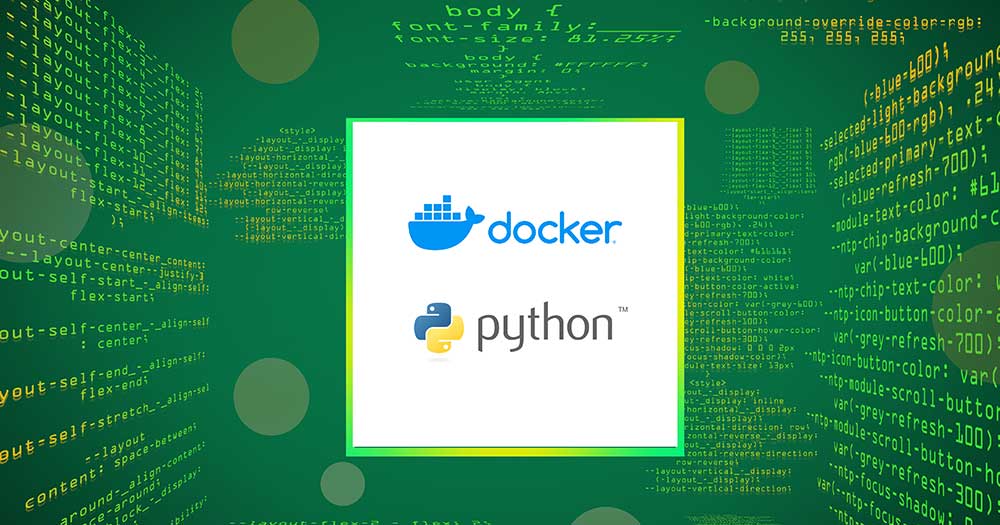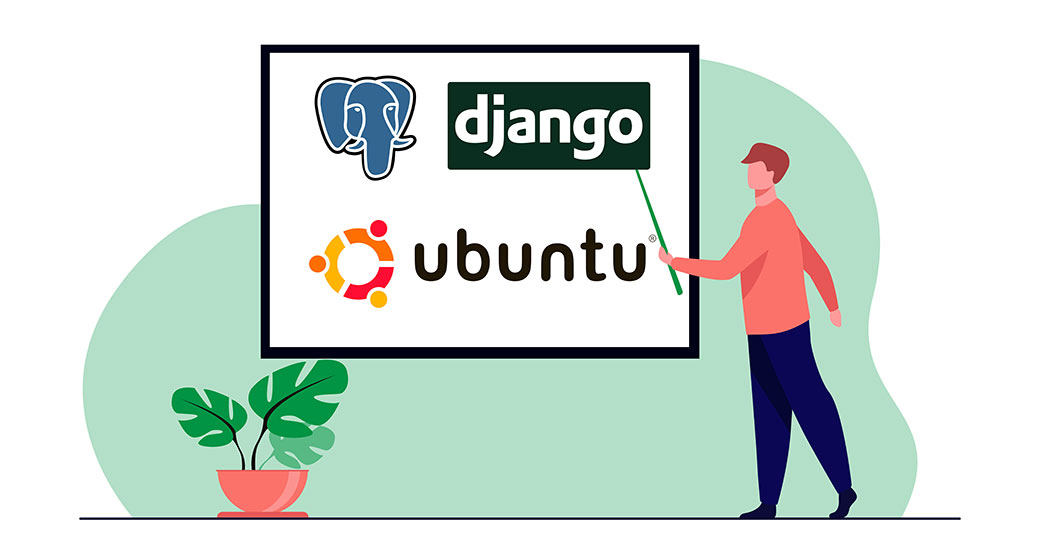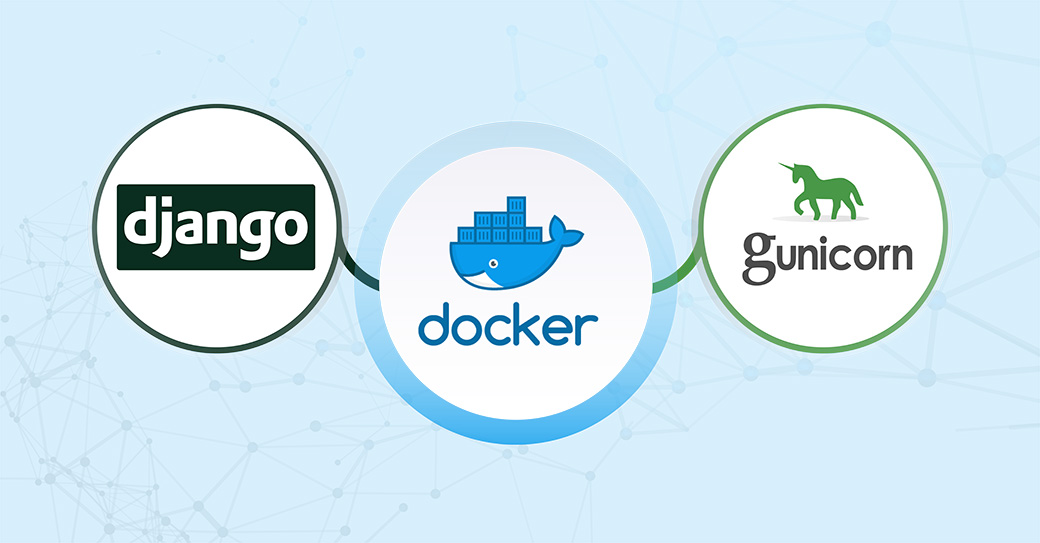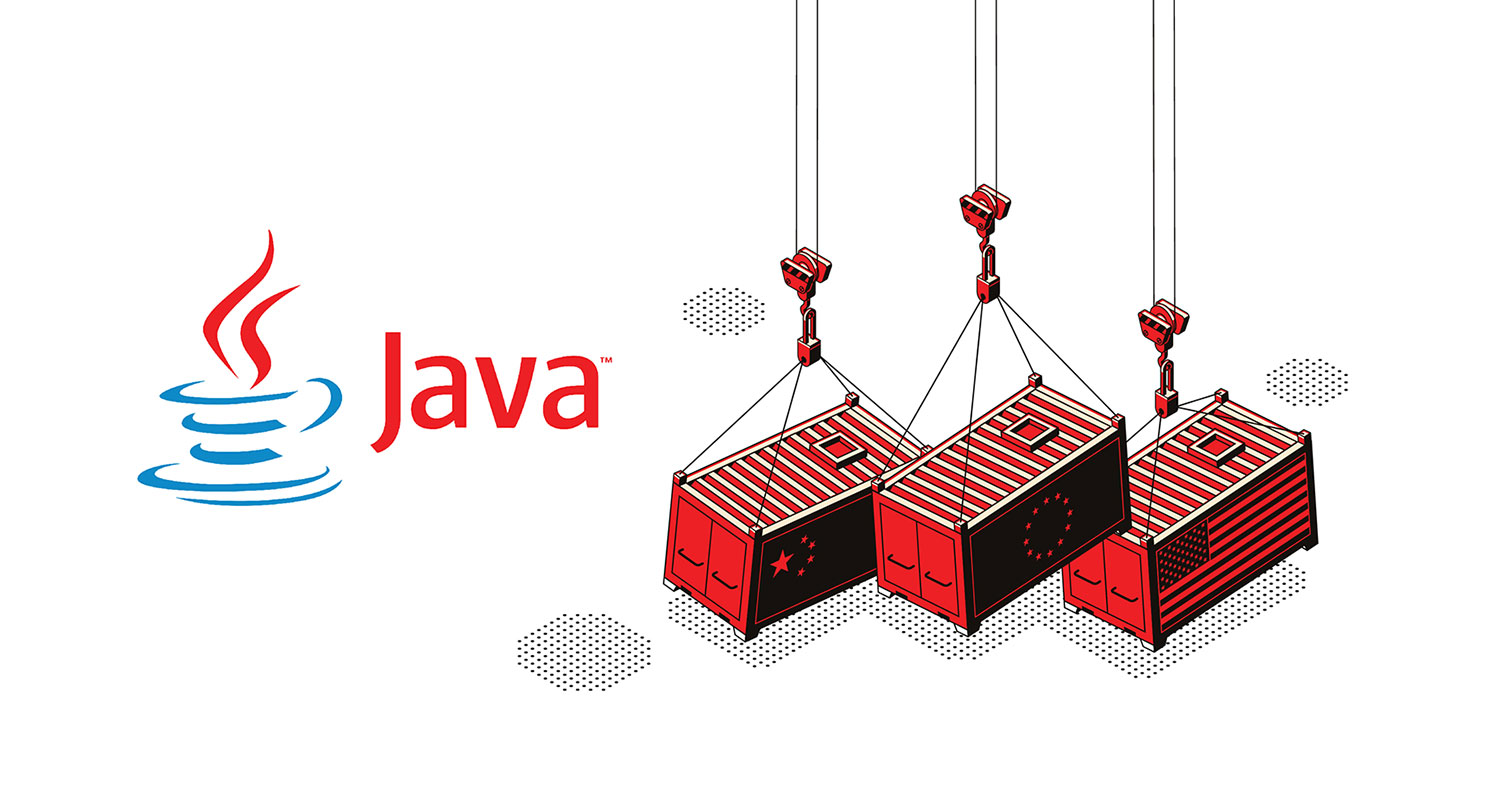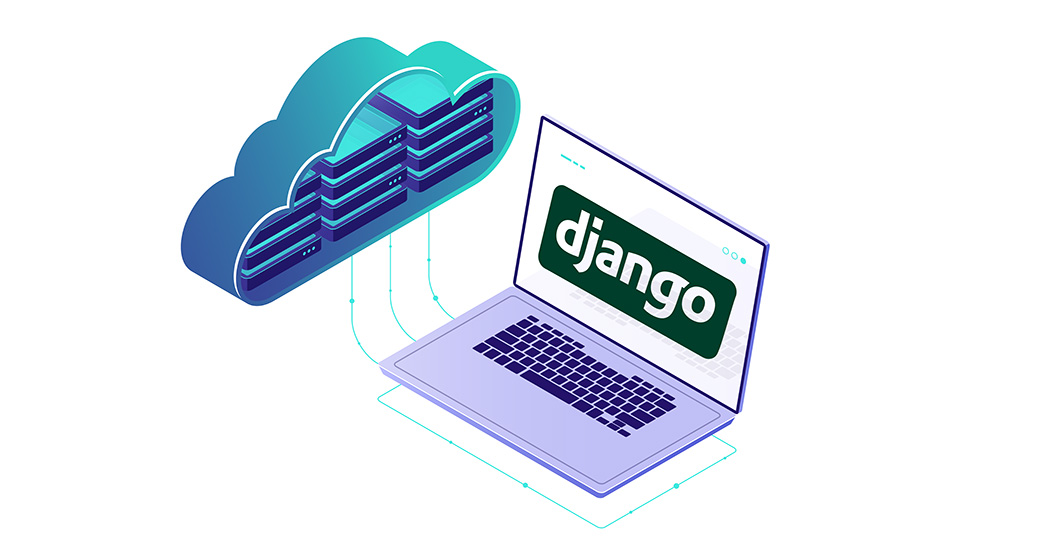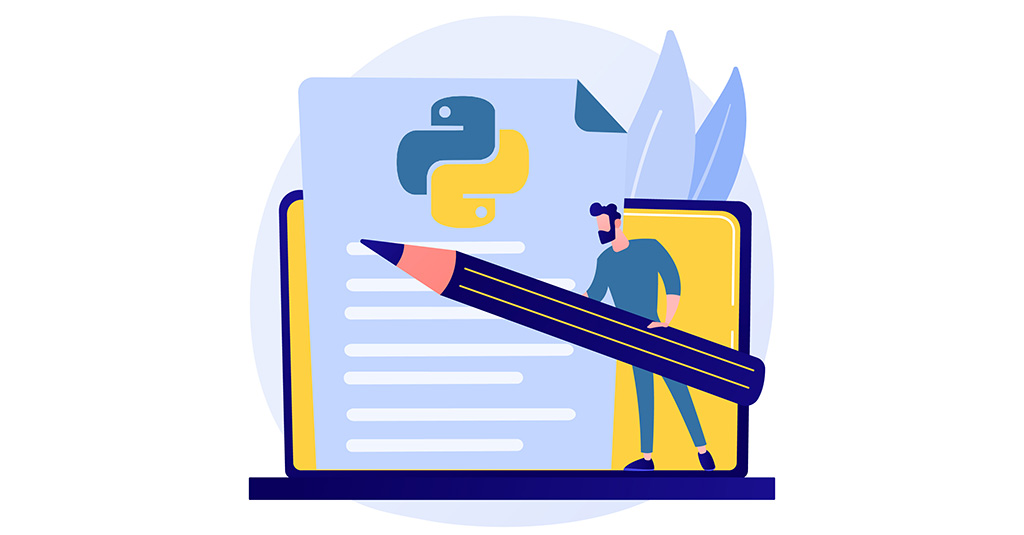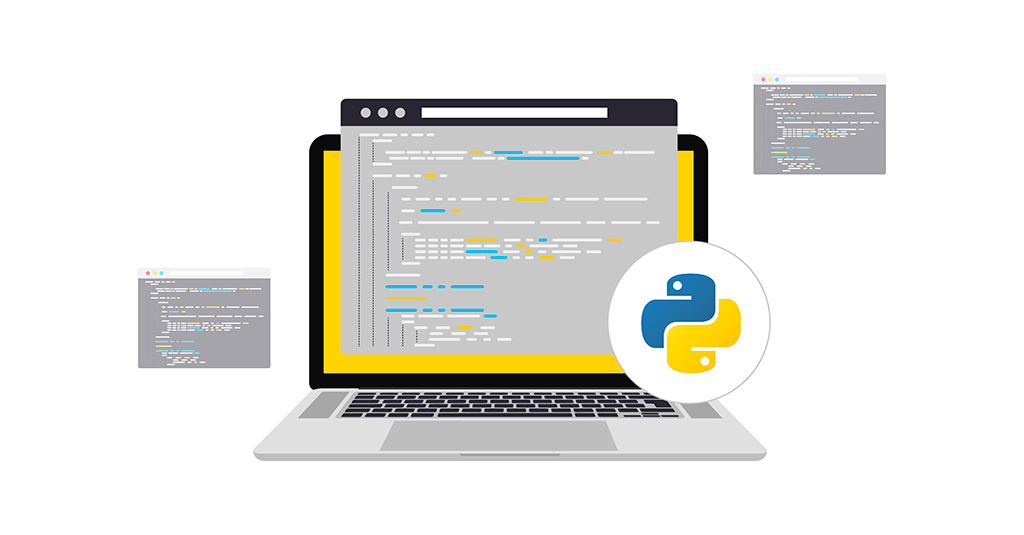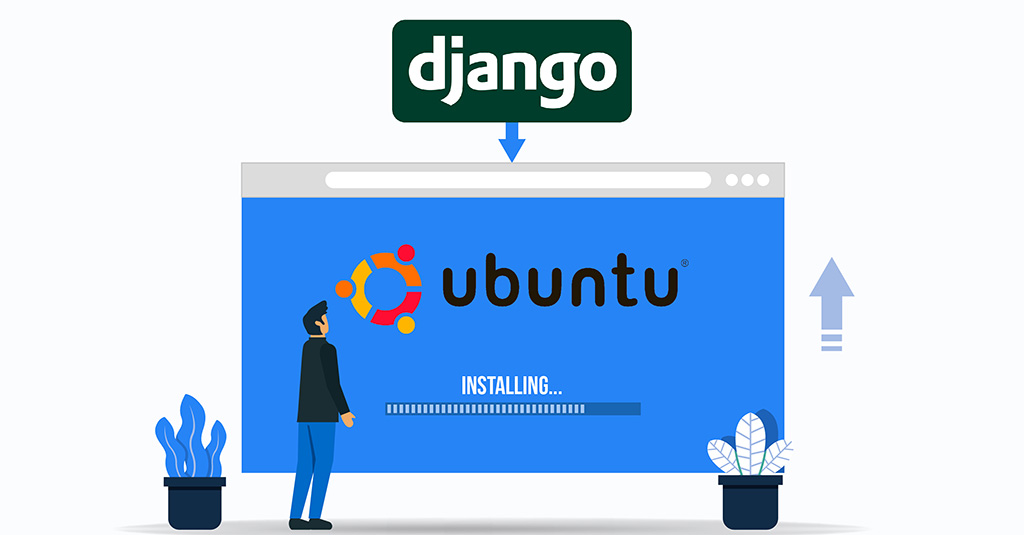Docker is a free and open-source solution for developing, deploying, and managing apps in lightweight, OS-level virtualization. In this guide, we will demonstrate creating a Python app within a Docker container. Prerequisites To perform the steps demonstrated in this guide, you will need the following components: A Linux system. Check out configuring your own Ubuntu VPS on CloudSigma. The latest …
Creating Views in the Django Web Application Framework
Django is a powerful, open-source, Python-based web framework that streamlines the process of creating and managing websites and web apps. Django applications are scalable, high-performance, and secure. It also comes with really good documentation on every single part of the framework. In our series on Django, we’ve been exploring Django by implementing a sample website with basic blogging features. In …
Using PostgreSQL with Django on Ubuntu 21.04 Server
Django is a well-known web framework that streamlines the process of creating robust, scalable, secure, and high-performance web apps. It’s an open-source project written in Python. You can check out more detailed information on Django here. Any web app requires a database as the backend to manage data. Django supports various database engines as the backend, for example, MySQL, PostgreSQL, …
Enabling and Connecting the Django Admin Interface
Django is a popular, free, and open-source web application framework built on Python. It strives to streamline web app development. Django comes with a solid set of components to develop websites faster and easier. In our series of articles on Django, we have been exploring how to use Django with a demo app. In this guide, we will build on …
Building a Django and Gunicorn Application with Docker on Ubuntu
Django is a high-level open-source Python web framework that can help you build your Python application quickly. It encourages rapid development and clean, pragmatic design by following the model–template–views architectural pattern. Out of the box, the framework comes with the necessary modern application components such as user authentication, caching framework, object-relational mapper, URL Dispatcher, template system, and customizable administrative interface. …
Using CloudSigma PaaS to Shift Java Applications into Containers
For the longest time, application development and management were completely dependent upon physical infrastructure. As businesses looked to host multiple applications on a singular hardware system, virtualization solutions like hypervisors were introduced. A hypervisor, also known as a Virtual Machine Monitor (VMM), is software that creates and runs Virtual Machines (VMs). The hypervisor will allocate resources to each guest or …
Defining Functions in Python 3: A Tutorial
In programming, a function is described as a block of instructions that can perform a certain action. A function is generally re-usable. Using functions makes the code more modular. It also opens up the opportunity of re-using the code over and over again in the future. Python is a robust programming language that supports functions. It already comes with a …
Creating a Django App with Database Connection: A Tutorial
Django is a free and open-source web framework built in Python. First published in 2005, Django incorporates the motto of “rapid development and clean, pragmatic design.” The framework, deployed on a web server, can quickly produce a web front-end with rich features, security, and scalability. Any web app relies on databases for its content. Django, being a modern framework, supports …
Creating Django Models: A Tutorial
Django is a well-known web framework for the rapid development of secure and maintainable websites and web apps. Built using Python, Django simplifies web development, allowing more time and focus on writing apps without reinventing the wheel every single time. Django is a free and open-source project with robust official documentation, great community support, and plenty of free and paid-for …
Writing Modules in Python 3: A Tutorial
Introduction Python is one of the most commonly used programming languages across the world. Modules are a critical part of the Python code. A module is simply a .py file in the context of Python 3. This means that you can refer to any Python file as a module. It is possible for you to obtain these modules through the …
Python 3 Tutorial: Indexing and Slicing Strings
Introduction Python is one of the most popular programming languages across the world. It uses a data type that comprises sequences made up of individual characters. These characters may be letters, numbers, symbols, or whitespace characters. Other types of sequence-based data types include lists and tuples. Just like them, you can also access, index, and slice strings in Python. In …
Installing the Django Web Framework on Ubuntu 20.04
Django is a high-level web framework that allows the rapid development of secure and maintainable websites. It’s a free and open-source framework written with Python. Django is also popular for additional features like performance, security, scalability, portability, and maintainability. This guide will demonstrate how to install Django and set up a simple web app on Ubuntu 20.04. Django on Ubuntu …


